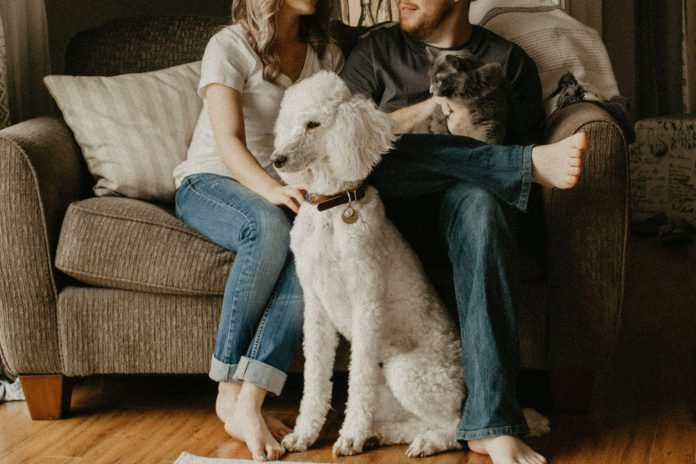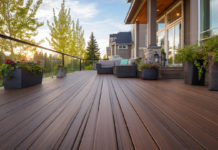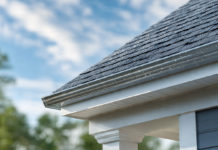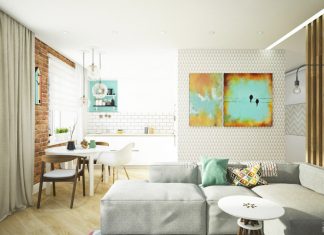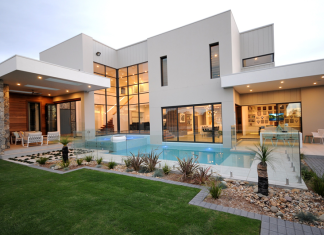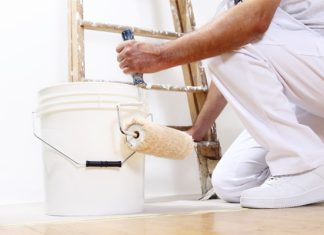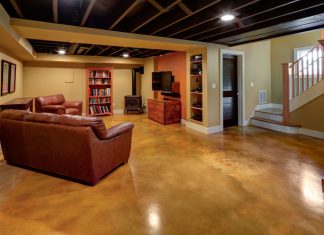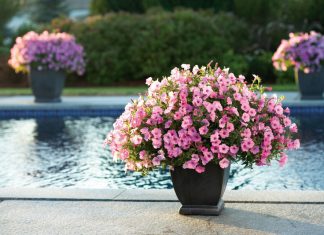Creating a harmonious environment in a multi-pet home can be challenging yet rewarding. Designing a space that caters to the needs of both dogs and cats requires careful planning and thoughtful design. This article provides a comprehensive guide to designing a multi-pet home, ensuring a comfortable and functional living space for all your furry friends.
Understanding the Needs of Different Pets
- Space Requirements
Dogs and cats have different space needs. While dogs generally need more open space for movement and exercise, cats often prefer vertical spaces where they can climb and perch. In a multi-pet home, it’s essential to balance these needs to prevent conflicts and ensure each pet feels comfortable.
- Personal Space
Both dogs and cats need their own personal spaces where they can retreat and relax. For dogs, this might mean a cozy bed in a quiet corner, while cats might prefer a high perch or a secluded hideaway. Providing individual spaces helps reduce stress and allows each pet to have a place of their own.
- Feeding Areas
Designating separate feeding areas is crucial in a multi-pet home. Dogs are often food-motivated and may try to eat cat food, leading to potential health issues and conflicts. Create distinct feeding stations for each pet, ensuring they have privacy and can eat in peace.
Designing Shared Spaces
Each space should be carefully designed to consider and accommodate each family member and each pet.
Living Room
The living room is often the heart of the home and a shared space for pets and humans alike. To make this area multi-pet friendly, consider the following:
- Furniture Arrangement: Arrange furniture to create pathways and open spaces where dogs can move freely. Use slipcovers on furniture to protect against fur and scratches.
- Pet-Friendly Fabrics: Choose durable, easy-to-clean fabrics for sofas and chairs. Microfiber and leather are good options that can withstand wear and tear from both dogs and cats.
- Multi-Level Spaces: Incorporate cat trees or shelves to provide vertical spaces for cats. This allows them to observe their surroundings from a height, away from the hustle and bustle on the ground level.
Bedrooms
Bedrooms should be a sanctuary for both pets and humans. Here’s how to design pet-friendly bedrooms:
- Provide comfortable beds for both dogs and cats. Place dog beds in quiet corners and cat beds on elevated surfaces to cater to their natural preferences.
- If your pets sleep with you, invest in a larger bed to accommodate everyone comfortably.
- Consider pet ramps or stairs to make it easier for older pets to climb onto the bed.
Kitchen
The kitchen can be a tricky area in a multi-pet home due to food and safety concerns. Here are some tips:
- Use pet-proof trash bins to prevent dogs and cats from rummaging through the garbage.
- Set up separate feeding stations away from high-traffic areas. Consider raised feeders for dogs and elevated feeding spots for cats to keep their food out of reach.
Bathroom
Bathrooms need to be safe and accessible for pets. Consider these design elements:
- Non-Slip Mats: Place non-slip mats on bathroom floors to prevent accidents. This is especially important for older dogs or pets with mobility issues.
- Pet Bathing Area: If space allows, create a designated pet bathing area with a handheld showerhead and a gentle slope for easy drainage. This can make bath time less stressful for both pets and owners.
Creating Pet-Friendly Outdoor Spaces
- Secure Fencing
A secure, sturdy fence is essential for keeping dogs safe in the backyard. Ensure the fence is tall enough to prevent dogs from jumping over and buried deep enough to prevent digging under. For cats, consider a catio or a fully enclosed outdoor space that allows them to enjoy the outdoors safely.
- Shaded Areas
Provide shaded areas where pets can relax and cool down, especially during hot weather. Trees, pergolas, or shade sails can offer relief from the sun. Ensure water bowls are always filled with fresh water to keep pets hydrated.
- Play Zones
Designate specific play zones for dogs and cats. Dogs may enjoy a grassy area for running and fetching, while cats might appreciate climbing structures and hiding spots. Incorporate pet-safe plants and materials to create a stimulating and safe environment.
- Pet-Safe Landscaping
Choose pet-safe plants and avoid toxic ones such as lilies, azaleas, and sago palms. Use non-toxic mulch and avoid using chemicals or pesticides in areas where pets roam.
Managing Pet Interactions
Of course, more than designing for a multi-pet home, you have to make sure that your pets get along at a deeper level for a truly peaceful home.
Here are some things to consider to keep your pets living harmoniously.
- Gradual Introductions
When introducing new pets to your multi-pet home, take it slow. Gradual introductions help reduce stress and prevent territorial aggression. Start with short, supervised interactions and gradually increase the time as pets become more comfortable with each other.
- Monitoring Behavior
Keep an eye on your pets’ behavior and intervene if you notice signs of stress or aggression. Separate pets if necessary and provide them with their own spaces to retreat to. Consistent positive reinforcement can help encourage good behavior.
- Enrichment Activities
Provide enrichment activities to keep your pets mentally and physically stimulated. Puzzle toys, interactive feeders, and regular playtime can help reduce boredom and prevent behavior problems.
Balancing Individual Needs
- Understanding Breed Characteristics
Different breeds of dogs and cats have varying needs and temperaments. For instance, high-energy breeds like Bengals or Border Collies which require more exercise and stimulation compared to breeds like Persians or Bulldogs. Research the specific needs of each breed in your multi-pet home to tailor the environment accordingly.
- Temperature Control
Both dogs and cats can be sensitive to extreme temperatures. Ensure your home has adequate heating and cooling systems to maintain a comfortable environment year-round. Provide warm beds and blankets in cooler months and ensure there are cool, shaded areas during the summer.
- Allergen Management
In multi-pet homes, allergens can accumulate quickly. Regular cleaning is essential to minimize pet dander and fur. Use HEPA filters in your HVAC system and vacuum frequently with a vacuum cleaner designed for pet hair. Washing pet bedding regularly also helps reduce allergens.
- Veterinary Care
Schedule regular veterinary check-ups for all pets in your multi-pet home. Keeping up with vaccinations, flea and tick prevention, and dental care is crucial. Maintain a record of each pet’s medical history and ensure they are microchipped for easy identification if they get lost.
Designing Multi-Pet Homes for Peace and Harmony
- Creating Quiet Zones
Pets, like humans, need downtime. Designate quiet zones where pets can retreat to rest undisturbed. These areas should be away from high-traffic zones and noise. Use cozy beds, blankets, and soft lighting to create a calming atmosphere.
- Noise Reduction
Loud noises can be stressful for pets. Use rugs, curtains, and soft furnishings to absorb sound and create a quieter environment. Consider playing soft music or white noise to mask outdoor sounds that might disturb your pets.
- Personal Hygiene Stations
Set up designated hygiene stations for grooming and cleaning. Regular grooming reduces shedding and keeps pets comfortable. Invest in pet-specific grooming tools and consider professional grooming services for breeds that require special care.
- Positive Reinforcement
Use positive reinforcement to encourage good behavior and build trust among pets. Reward calm and friendly interactions with treats and praise. Training sessions should be short and fun, keeping pets engaged and responsive.
Final Thoughts
Designing a multi-pet home that caters to the unique needs of both dogs and cats requires thoughtful planning and creativity. By understanding the distinct requirements of each pet, creating designated spaces, and incorporating pet-friendly design elements, you can foster a harmonious and happy environment for all your furry friends.
Prioritizing safety, providing enrichment, and ensuring regular veterinary care are essential components of successful multi-pet living. Whether you’re accommodating high-energy breeds or managing the dynamics of introducing new pets, a well-designed home can make all the difference in promoting peace and well-being.
Embrace the joy and companionship that come with a multi-pet household, knowing that your efforts in creating a safe and comfortable space are rewarded by the love and happiness of your pets. With the right approach, your home can become a sanctuary where both dogs and cats thrive, enriching your life with their playful antics and unwavering loyalty.
